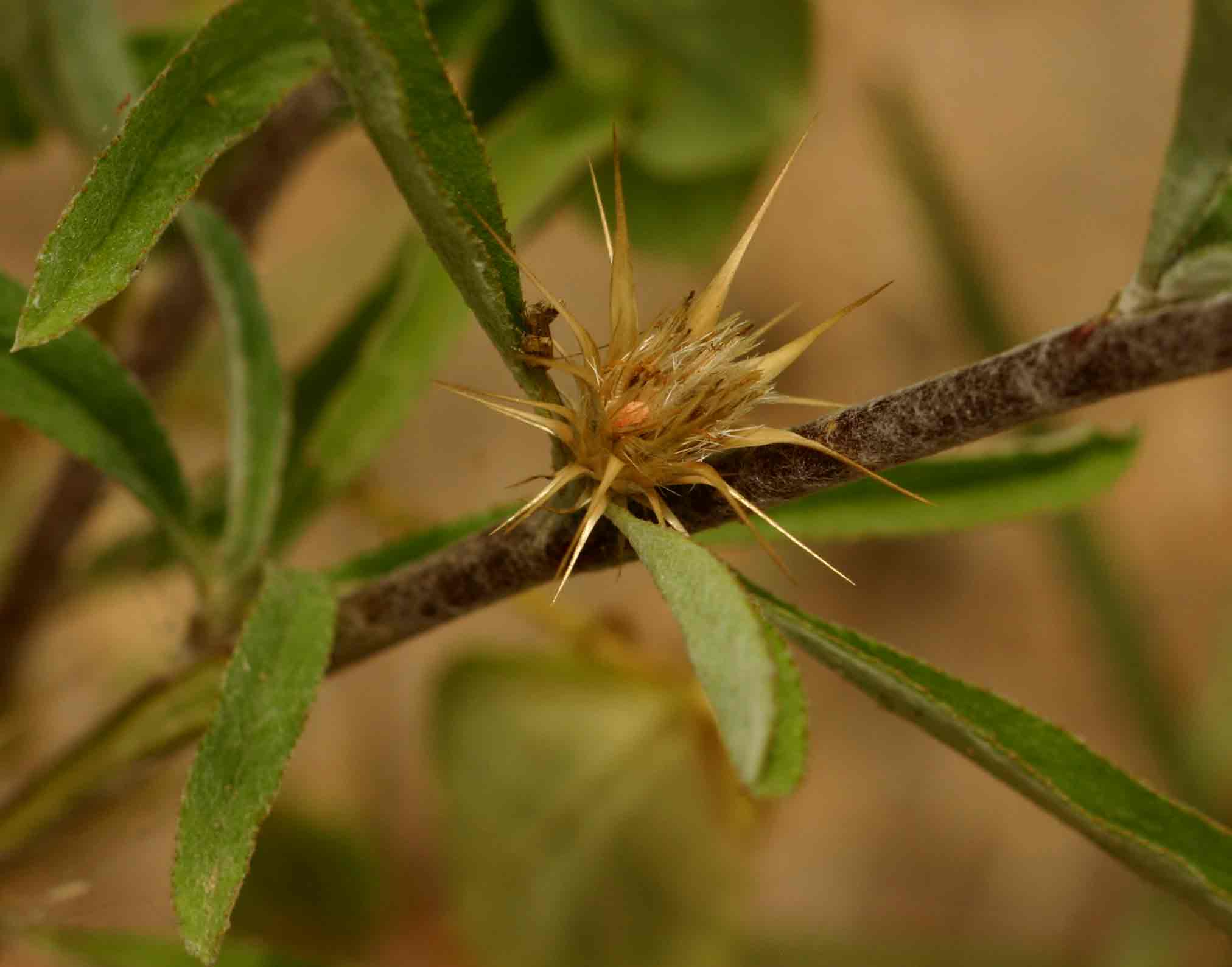| PlantID | 0079 | ||||||||||||||||||
| Botanical Name | Dicoma tomentosa | ||||||||||||||||||
| Common Name | Vajardanti | ||||||||||||||||||
| Classification |
| ||||||||||||||||||
| Part used | Root and whole plant. | ||||||||||||||||||
| Medicinal Properties | Whole plant: febrifuge. | ||||||||||||||||||
| Medicinal Use | Root: toothache. Whole plant: useful in febrile attacks to which women are subjectal after child birth. | ||||||||||||||||||
| Chemistry | Octacosanoic acid, stigmasterol, betulinic acid. Aerial parts: six melampolides - urospermal A, urospermal A-15-O-acetate, albicolide diacetate. | ||||||||||||||||||
| Cultivation | NA | ||||||||||||||||||
| Regional Habitat | Commonly found in scrub jungles and waste places, also found in sandy soil. Distribution: Ganganagar, churu, jhunjhunu, sikar, bikaner, nagaur, jodhpur, jaisalmer, barmer, pali, jaipur, kota and jhalawar districts. | ||||||||||||||||||
| Description | Erect, white wooly, annual herb, grows upto 7.5-31.0 cm high, woody at base. Stem: terete, much branched, tinged purplish. Leaves: sessile, lamina tapering at base, linear, linear-lanceolate, oblong-oblanceolate, surfaces densely white, wooly abaxially sparsely wooly adaxially, margins serrulate or entire. Flowers: capitula numerous, sessile or shortly stalked, invol. bracts 4-5 seriate, imbricate, scabrid, pale-yellow, brownish-tinged spines, linear-oblong, margins scarious. Corolla tubular-campanulate, tube 5 lobed, divided more than half of the corolla length, acute, revolute. Anthers barbellate, apex acute. Style 0.5 cm long, cypsels pale-brown, 10-ribbed, base cuneate, densely silky-villous. Flowers and fruits appears during September - December. | ||||||||||||||||||
| Image |  |
Dicoma tomentosa

